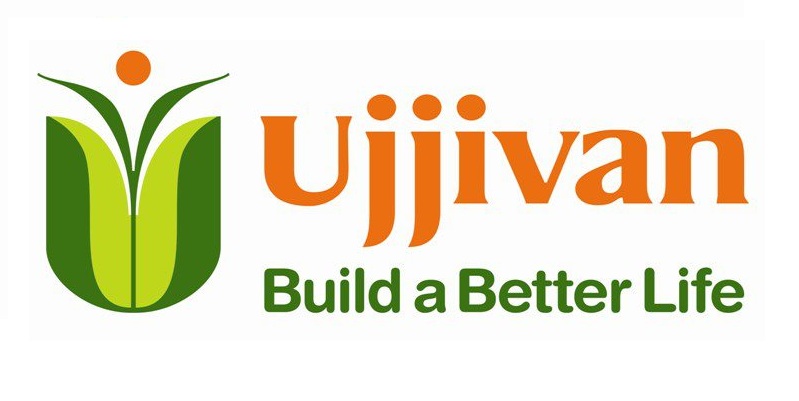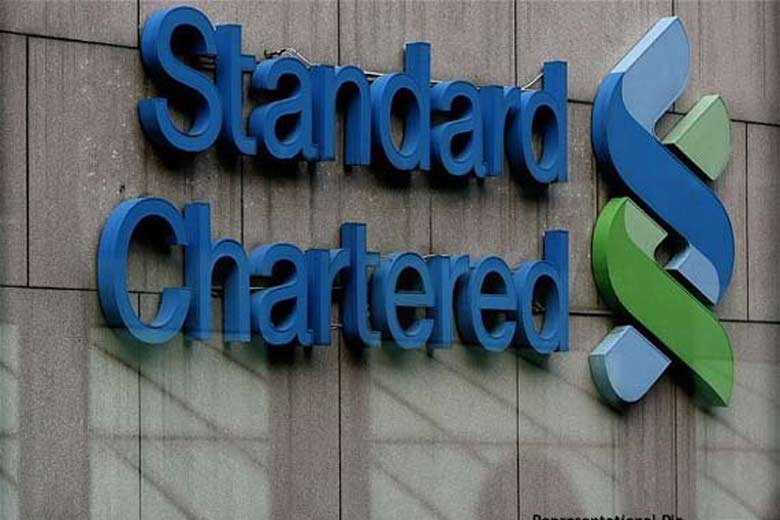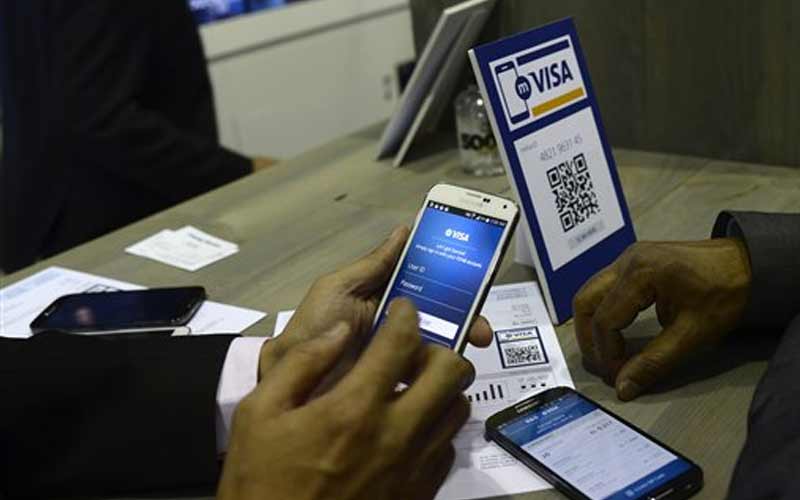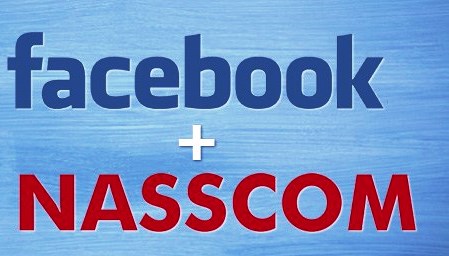Spotting Error Rules
Essential Points
1. Articles Comprising the usages of A, An and The
2. Noun Kinds of Noun, Gender, Number, Person, Noun case etc.
3. Pronoun Cases, kinds of Pronoun, different forms and its appropriate rules likewise, Some, Who, What, Which, That, Whose, Any, Whom, Each, Other, One other etc.
4. Adjective Kinds of Adjective and its patterns, various usage like positive, Comparative, Superlative degrees etc.
5. Adverb Kinds of Adverb and its appropriate usages, comprising certain forms.
6. Tenses Grammatical rules of entire tenses (Present, Past, Future, Translation) and its appropriate application.
7. Preposition Various usages of Preposition In, On, Over, Into, Out, Behind, Among, Over, Off, At, Of, Across, Under etc.
8. Conjunction Its various usages basically, Neither ….. nor, Either …… or, Because, Not only ……. but also, Scarcely, Barely, Hardly, When, Although, But, And, No sooner ……. than, such ……. as, So …… that etc.
9. Subject-verb Agreement It is one of the crucial parts, which a candidate should keep focus upon and they should learn the correct grammatical co-ordination of subject and verb.
2. Noun Kinds of Noun, Gender, Number, Person, Noun case etc.
3. Pronoun Cases, kinds of Pronoun, different forms and its appropriate rules likewise, Some, Who, What, Which, That, Whose, Any, Whom, Each, Other, One other etc.
4. Adjective Kinds of Adjective and its patterns, various usage like positive, Comparative, Superlative degrees etc.
5. Adverb Kinds of Adverb and its appropriate usages, comprising certain forms.
6. Tenses Grammatical rules of entire tenses (Present, Past, Future, Translation) and its appropriate application.
7. Preposition Various usages of Preposition In, On, Over, Into, Out, Behind, Among, Over, Off, At, Of, Across, Under etc.
8. Conjunction Its various usages basically, Neither ….. nor, Either …… or, Because, Not only ……. but also, Scarcely, Barely, Hardly, When, Although, But, And, No sooner ……. than, such ……. as, So …… that etc.
9. Subject-verb Agreement It is one of the crucial parts, which a candidate should keep focus upon and they should learn the correct grammatical co-ordination of subject and verb.
How to solve questions relating to Spotting Errors?
In the examination of Bank PO, the question paper of English usually, contains questions relating to Spotting Errors. Sentences are usually divided into four parts marked A, B,C, and D. ‘E’ refers to ‘No error’. The candidates are required to find out the part which has an error. The error may be relating to the usage of; Article, Preposition, Tense, Verb, Noun, Pronoun, Adverb, Adjective, Conjunction, Subject-verb agreement etc. Sometimes the error may also be that of English expressions or superfluous use of some words.
You should have a good command over
rules of grammar and their applicability. Learn the rules well and then
try to attempt these questions. The more you practice the more confidence you get.
Just cramming the rules will not solve your problem. Do solve the
exercises, again and again, you will surely find improvement in your
scoring.
Rules and Correct Use of Articles
Use of ‘A’/’An’
Article A or An is used before a singular noun. The choice between A or An is determined by the first sound of pronunciation (not by the letter of alphabet even it may be A, E, I, O, U) of the noun. If it is pronounced with a vowel sound, use An otherwise A.
Look at the following sentences
a) He is an honest man.
b) He is a European.
c) He is an MLA.
d) He is an SDO.
1. An hour
2. An hourly morning
3. An hour’s daybreak
4. An honor
5. An honorary post
6. An honorable person
7. An honest man
8. An heir
9. An honorarium
10. A house
11. A historical fair
12. A humble person
13. A husband
14. A heinous crime
15. A young man
16. A ewe
17. A university
18. A unity
19. A union
20. A eulogy
21. A one rupee note
22. A one eyed man
23. A uniform
24. A useful book
25. A useful feature
26. A unique decision
27. A united front
28. A unified plan
29. A year
30. A USA ally
31. An FO
32. A forest officer
33. An MP/ MLC
34. A member of society
35. An IAS/ IPS/ ILO
36. An SP/ SDO
37. An M.A./M.Sc
38. An RTS/ RTC
39. An RC worker
40. A UK ship/ European
‘The’- Definite Article
The definite Article ‘The’ is used in following cases
1. While speaking of a particular person or thing or one already referred to.
Example She found a purse. The purse contained a golden chain. The golden chain is very precious.2. When a singular noun is meant to represent a whole category/ class :
Example The dog is a faithful animal.3. ‘The’ is used before superlatives.
Example She is the most beautiful girl in our college.4. ‘The’ is used with the names of renowned building , gulf, river, ocean, sea etc.
Example The TajMahal, The Persian Gulf, The Char Minar, The Pacific, The Ganges, The Red Sea, The Yamuna, The Thames.5. ‘The’ is placed only before the plural names of islands and the mountain ranges, chains of mountains, plural names of countries.
Example The Netherlands, The Philippianes, The Bahamas, The Laccadive islands, The Himalayas, The Alps etc.
‘The’ is not used before the names of countries but if the name of
the country contains words like; States, Kingdoms, Republic, we use
‘the’ before them. e.g. The USA, The USSR, The Republic of Ireland, The
Dominican Republic.’
6. ‘The’ is used before names consisting of adjective + noun (Provided the adjective is not east-west etc)
Example The Arabian Gulf, The New Forest, The High Street7. ‘The’ is also used before names consisting of noun + of + noun.
Example The cape of Good Hope, The Boy of Biscay, The Gulf of Mexico8. ‘The’ is used before the adjectives east/west etc. + noun in certain names.
Example The East/West End, The East/West Indies, The North/South Pole9. ‘The’ is also used before the name of directions.
Example The East, The West, The North, The South10. ‘The’ is used before then name of persons (Family) in plural.
Example The Raymonds, The Ambanis, The Birlas11. Before the names of important and renowned books.
Examplesa) The Kuran b) The Ramayana c) The Mahabharata
But we say- Homer’s Iliad, Valmiki’s Ramayana, Jaidev’sGeetGovind.
12. Before such common nouns that are names of things unique of their kind.
Example The Sun, The Earth, The sky, The world, The sea, The environmentExamples
a) The sky is dark and the moon is shining.
b) The sea seems calm today.
a) We go to sea as sailors.
b) He is at sea now-a-days. (on a voyage)
ii) We can use ‘the’ before ‘Space’ if it means place.
Example There are lacs of stars in space.
13. Before terms referring Nationality or Community.
Example The Indian, The French, The American, The English14. Before a proper noun, only when it is qualified by an adjective.
Example The great Caesar, The immortal Shakespeare, The brave Napolean.15. With ordinals like.
Examplesa) He was the first man to stand up.
b) The sixth chapter of this book is very interesting.
First, second, third …….are called ordinals.
One, Two, Three ……..are called cardinals.
16. Before Musical instruments and name of Inventions.
Examplesa) He can play the flute/ the table/ the harmonium well.
b) Who invented the telephone?
17. Before an adjective, when the noun represents a class of persons.
Examplesa) The young will support the motion.
b) The poor can be trusted.
18. Before a common noun to give it the meaning of an abstract noun.
Examplesa) The moralist in Gandhi, revolted against the injustice.
b) The judge in her prevailed upon the wife and she sentenced her husband to prison.
19. ‘The’ is used before name of Newspaper, Community, Political Party, Historical event, Train, Ship, Aeroplane etc.
20. When two or more nouns refer to one person, put ‘the’ before the first noun only. If both the nouns refer two different persons or thing, ‘the’ is used before both of them.
Examplea) The producer and financier was present there.
(Producer and financier is one person)
b) The producer and the financier were present there.
(Producer and financier are two different persons)
21. ‘The’ is used as an adverb with a comparative.
Examplesa) The more she gets the more she demands.
b) The sooner you complete the better it is.
22. ‘The’ is used before comparative degree being used for selection or comparison.
Examplesa) He is the stronger of the two.
b) This is the better of the two novels.
23. When a person being referred by his designation, ‘the’ is used. The Chairman, The Director, The President, The Chancellor.
Example All financial decisions will be taken by the chairman.24. When the thing referred is understood.
Examplesa) Kindly return the book. (That I gave you)
b) Can you turn off the light? (The light in the room.)
25. ‘The’ is used in some phrases also.
Examplesa) What is the matter?
b) Come to the point.
c) She came to the rescue.
d) Keep to the left.
e) The market is hot with the rumour.
f) He is in the wrong.
26. In phrases; Go to the cinema, Go to the theatre ‘the’ is used.
Examplesa) He went to the cinema yesterday.
b) She is going to the theatre.
27. Before the names of Committee, Club, Foundation and Trust.
Examples The Lions Club, The Rotary Club, The United Nation, The WHO, The Ford Foundation, The Rajiv Gandhi Trust etc.28. Letters written to two or more unmarried sisters jointly may be addressed:
The Misses + SurnameThe Misses Smith.
Zero Article Situation
Students should learn the following points carefully to avoid the wrong use of articles.Articles the wrong use of articles.
Article is omitted in following cases
1. before a proper noun
Example Akbar was a great king.When ‘Article’ is used before a proper noun, it becomes a common noun.
Examples
a) Mumbai is the Manchester Of India.
b) This man is a Second Sachin.
2. before a Common Noun, used in its widest sense.
Examplesa) Man is mortal.
b) What kind of bird it is?
3. before Plural Nouns referring a class in a general sense.
Examplesa) Bankers are generally honest.
b) Lawyers are generally intelligent.
4. before Abstract Nouns that express qualities, state, feeling, actions.
Examplesa) Honesty is the best policy.
b) Virtue is its own reward.
Examples
a) She possesses the cunningness of a fox. (Here cunningness refers the quality of a definite object that is ‘for’)
b) He is a justice of peace. (‘Justice’ stands for judge)
5. before Material Nouns
Examplesa) Iron is a hard metal.
b) Silver is a semi-precious metal.
When material noun expresses things instead of the matter of which they
are made they are representing ‘common noun’, so they can be preceded by
the Article.
Examples
a) He threw a stone on the cow.
b) She threw a stick at the pig.
Examples
a) He threw a stone on the cow.
b) She threw a stick at the pig.
6. before names of diseases like Fever, Cholera, Consumption etc.
(But if the names of diseases are plural in their form, the article is generally used as : the measles, the mumps.)7. before name of regular meals.
Breakfast, Lunch, DinnerExample He was invited to dinner.
(But if the meal becomes particular article is used)
Example The dinner hosted by the queen was superb.
8. before name of things single in kind; Hell, Heaven, God, Parliament, Paradise (But ‘The Pope’, ‘The Devil’ are exceptions)
Examplesa) He was condemned to hell.
b) The Pope delivered a religious speech.
9. before names of ‘Languages’ or ‘colors’
Examplesa) I do not know ‘Hindi’ but know ‘English’.
b) I like red and blue colours.
10. before certain titles and names indicating the relationship.
Emperor Ashoka, President Bush, DewanBahadur.Examples
a) Prince Charles is Queen Elizabeth’s son.
b) President Kennedy was assassinated in Dallas.
c) Dr. Watson was ‘Sherlock Holmes’ friend.
d) He is Duke of York.
(But : the queen of England, the pope are exceptions)
11. before a noun following the expressions ‘kind of’
Examplesa) What kind of girl is she?
b) What kind of boy is he?
12. In certain phrases.
To take breath, to set sail, to leave school, to lay siege, to catch fire, at home, in hand, at school, by water, at sunset, on earth, by land, by train, by car, on demand, in debt, in jest etc.13. before nouns, which are plural in their meanings, though singular in form.
Cattle, gentry, furniture, scenery, advice, information.14. before names of public institutions (Church, School, University, Prison, Hospital, Court etc.) if they are used, for the purpose they exist rather than actual building.
Example He went to church. (It means he went to church for saying his prayer)
15. When two or more descriptive adjectives qualify the same. noun and adjectives are connected by ‘and’ the Article is used before the first adjectives only.
Example This is a Hindi and English Dictionary.(Here dictionary is one)
16. If two nouns refer to the same person or thing, the article is used before the first noun only, but if they refer to different persons or things, the article must be used with each noun.
Examplesa) He is a better soldier than statesman.
b) He was a greater soldier than a stateman.
17. Article is omitted after the possessive case.
Example His brother’s car, Peter’s house.18. Article is omitted with professions.
Examplesa) Engineering is a useful career
b) He’ll probably go into medicine.
19. Article is omitted with years.
Examplesa) 1947 was a wonderful year.
b) Do you remember 2000.
20. No article is used before names of games, sports.
Examplesa) I am playing cricket.
b) He is fond of playing tennis.
21. No article is used before a noun when it is modified by either possessive adjective or a demonstrative adjective.
Examplesa) Do you like my shirt? (Possessive adjective ‘my’)
b) I like this pen. (Demonstrative adjective ‘this’)
22. No article is used before a noun when it is preceded by a distributive adjective.
Examplesa) Every student got prize. (Distributive adjective ‘every’)
b) Each student was present in the hall. (Distributive adjective ‘each’)
23. No article is used before number + noun.
Examplesa) The train arrives at platform 7.
b) I want shoes in size 10.
24. Work (=place of work) is used without definite article ‘the’.
Examplesa) He is on his way to work.
b) She is at work.
c) They haven’t back from work yet.
25. Office (=place of work) needs ‘the’: He is at/ in the office. To be in office (without the) means to hold an official (usually political) position.
To be out of office= to be no longer in power.26. Definite article ‘the’ is omitted when speaking of the subject’s or speaker’s own town.
Examplesa) We go to town sometimes to meet our mother.
b) We went to town last year and remained there for a week.
27. ‘Nature’ when means environment, do not use article before it.
Example If you interfere with nature you will suffer for it.28. No article is used before names of ‘season’.
Examplesa) In Spring we like to clean the house.
b) She is planning to visit her parents in winter.
29. Definite article ‘the’ is not used before ‘Times of day’.
Examplesa) We travelled mostly by night.
b) We’ll be there around midnight.
30. Names without ‘the’
Names of many places especially names of important buildings and institutions consist of two words. First word is usually the name of a person or a palace, we do not use ‘the’ before such names usually.Example Delhi Airport, Victoria Station, London Zoo, Jaisingh Palace, Indira Gandhi Airport, Edinburgh Castle, Jaipur Palace etc.






























